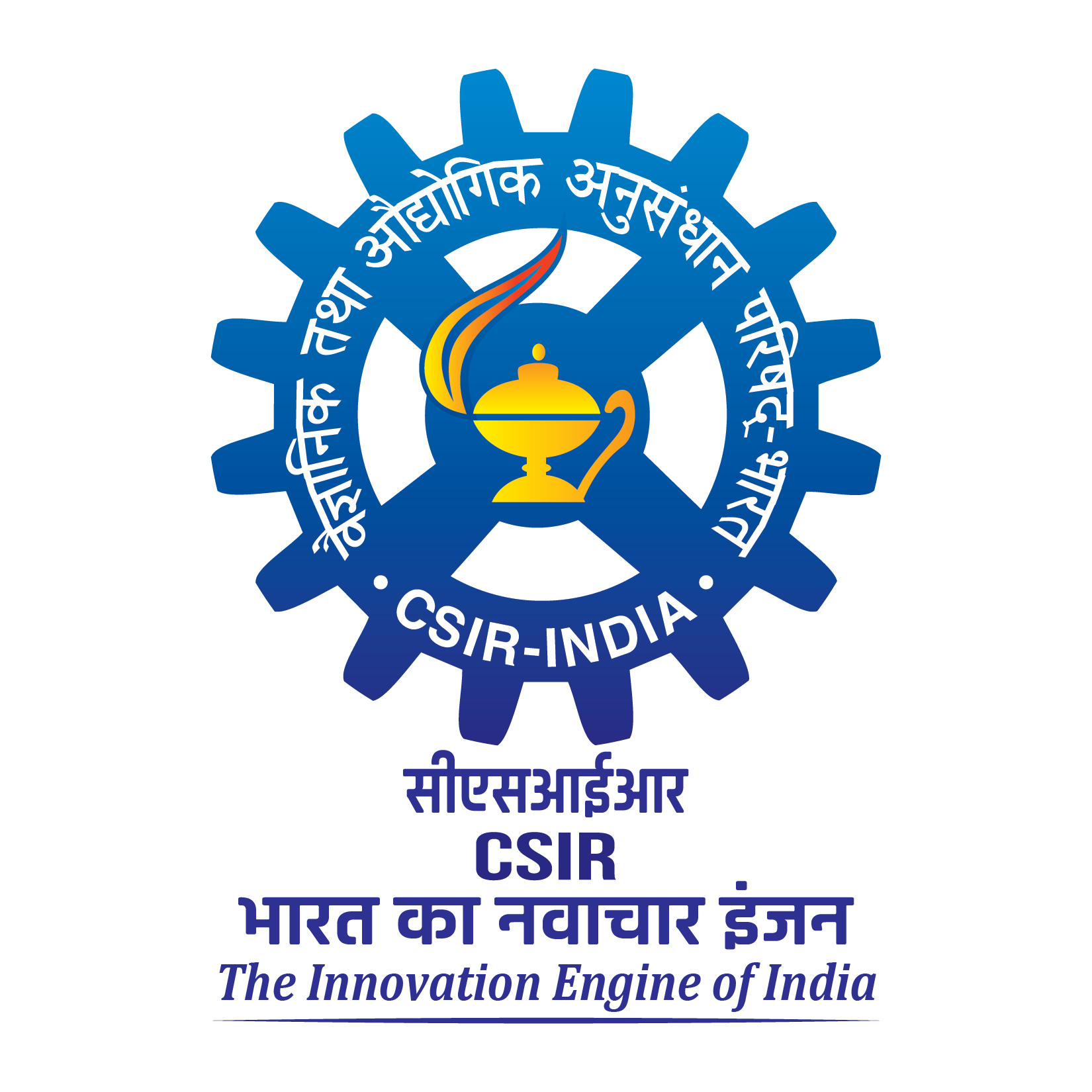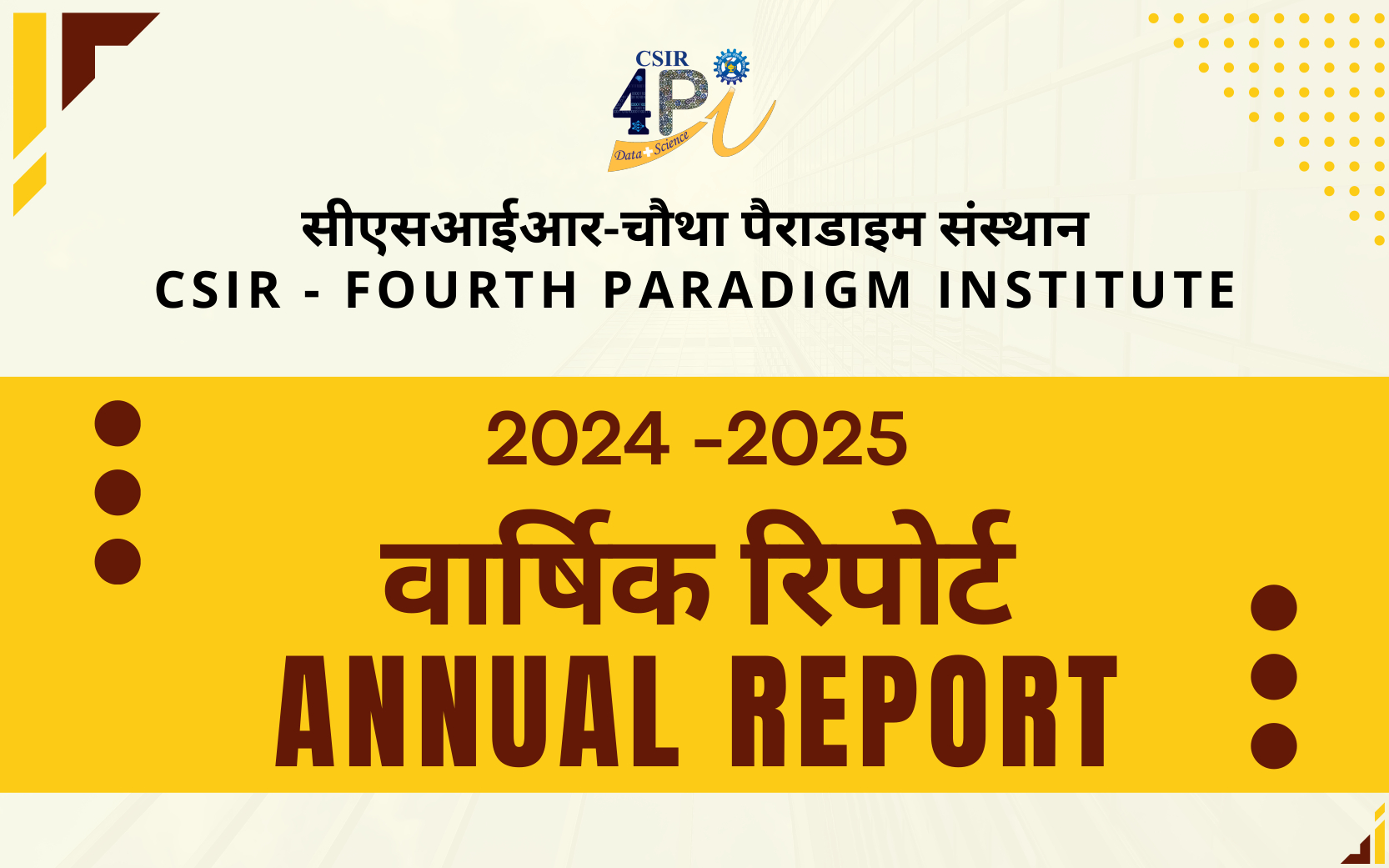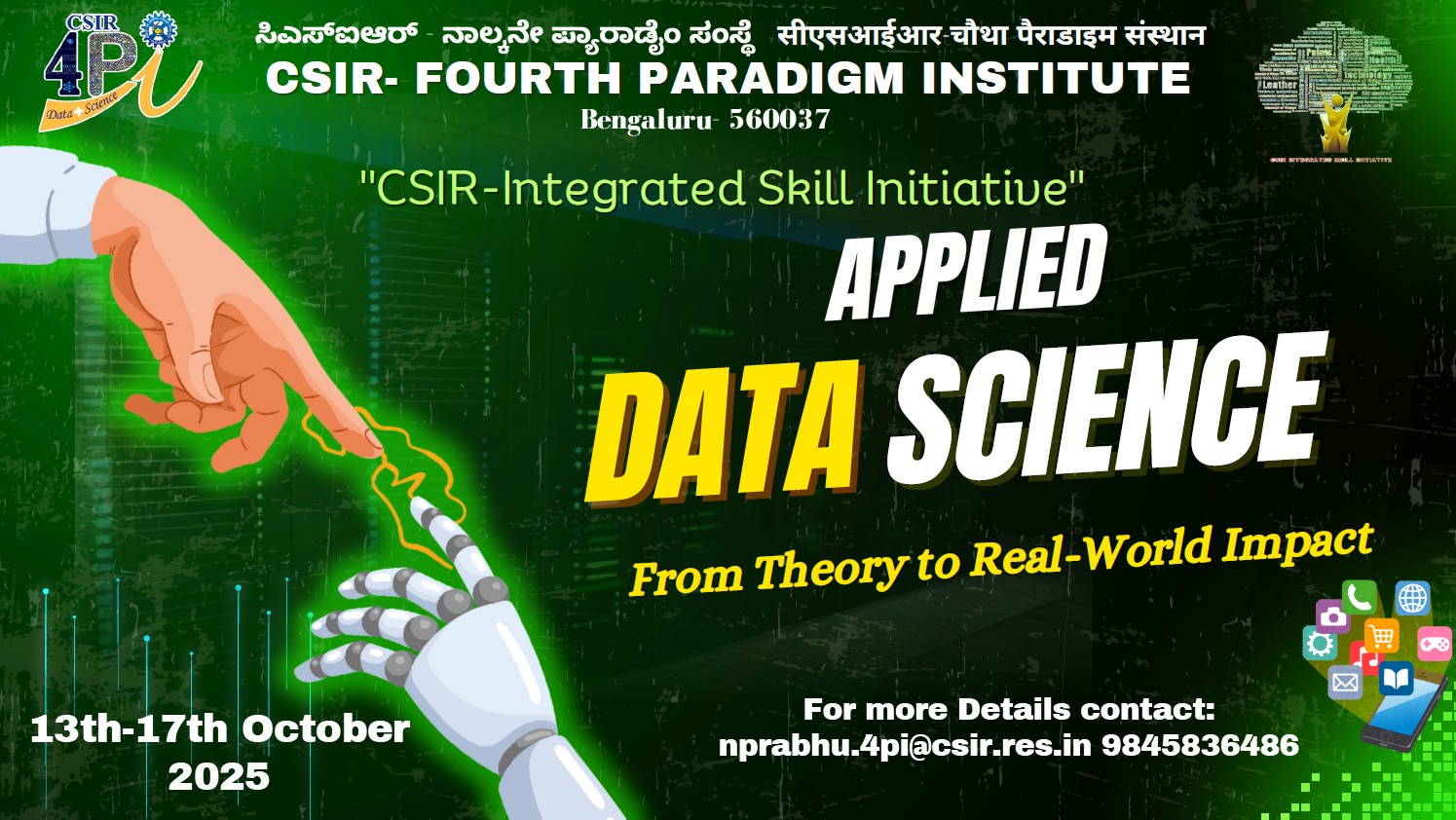A new rain-based index for the Indian summer monsoon rainfall
by Sulochana Gadgil, K Rajendran and D S Pai
Abstract: Most of the studies of the observed variability of the Indian summer monsoon rainfall (ISMR), its prediction and of its impact have involved analysis of an index for ISMR derived by Parthasarathy et al. (1995) or the all-India rainfall during the summer monsoon, available from the India Meteorological Department (IMD) website. Both these indices are based on the average rainfall over the meteorological subdivisions of India. Rajeevan et al. (2006) first derived a gridded rainfall data set for the Indian region which was at a resolution of 1° and subsequently, Pai et al. (2014) have derived a finer resolution (0.25°) rainfall data set for the same region. At present, these data sets are widely used by modelers to generate the ‘observed’ ISMR for assessment of the skill of their models. However, in different studies, different regions are used for averaging the grid data to obtain the ‘observed’ ISMR. For proper assessment and comparison of the skill of the simulations/predictions by different models/versions, it is important that the same region be used for averaging the rainfall to obtain the observed ISMR in each case. Here, we suggest what we consider as the appropriate regions for averaging the rainfall in terms of the 1° and 0.25° to derive/represent ISMR, on the basis of the present understanding of the monsoonal regions and the Indian summer monsoon. We show that the interannual variation of the ISMR thus derived (by averaging rainfall over the regions identified in this study) from gridded data sets is largely consistent with the indices derived as the area weighted sub-divisional rainfall data used in the indices used earlier.
Citation: Sulochana Gadgil, K Rajendran and D S Pai (2019): A new rain-based index for the Indian summer monsoon rainfall, MAUSAM, 70 (3), 485-500






























